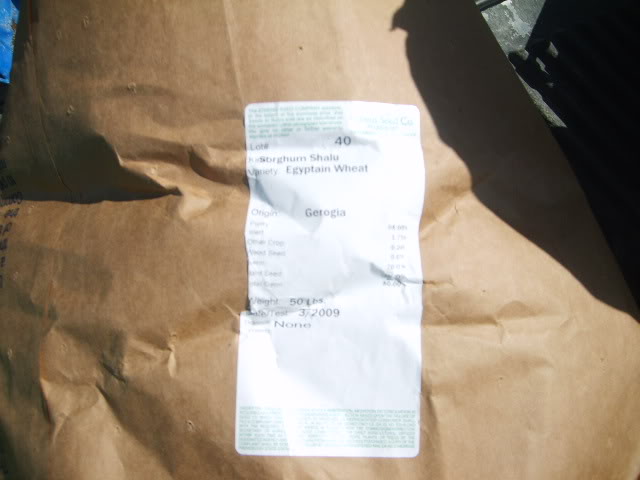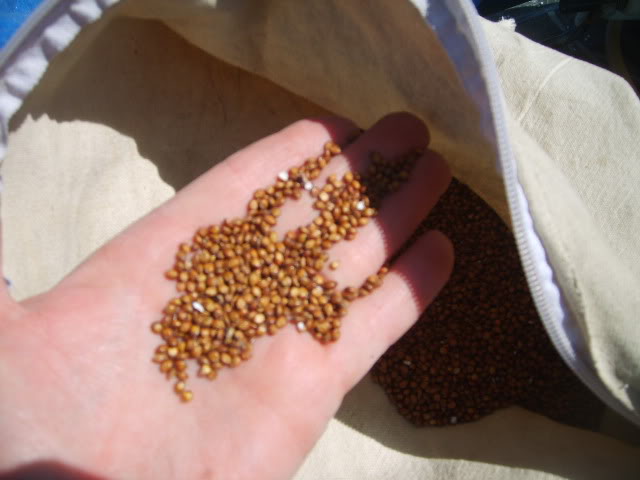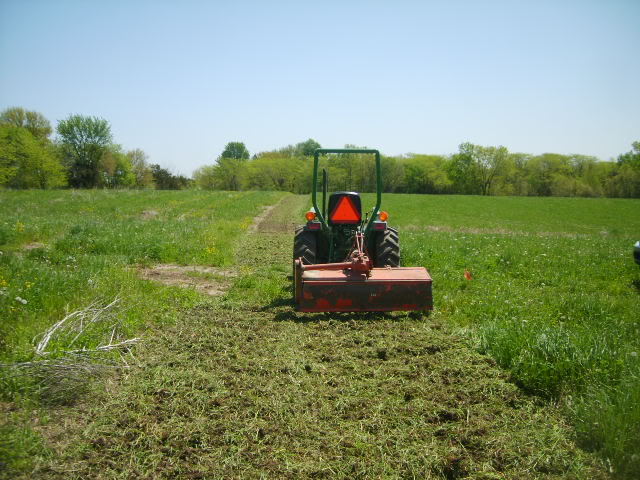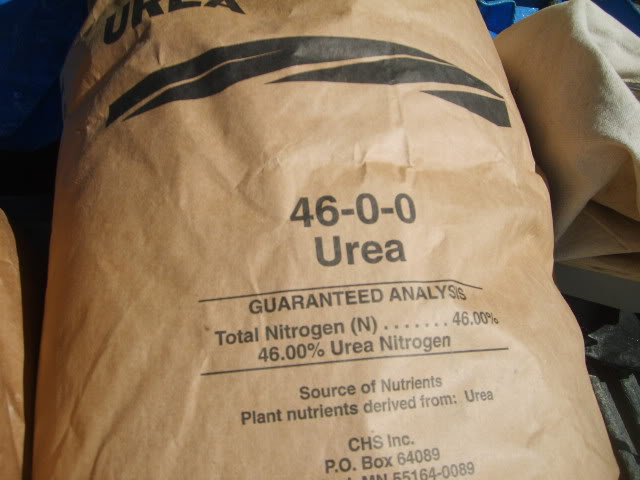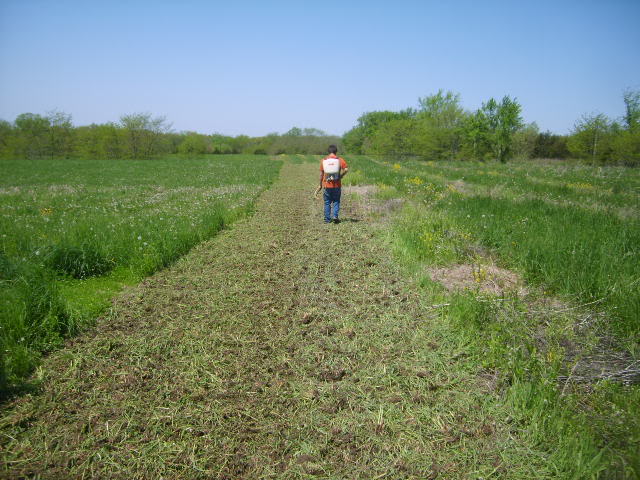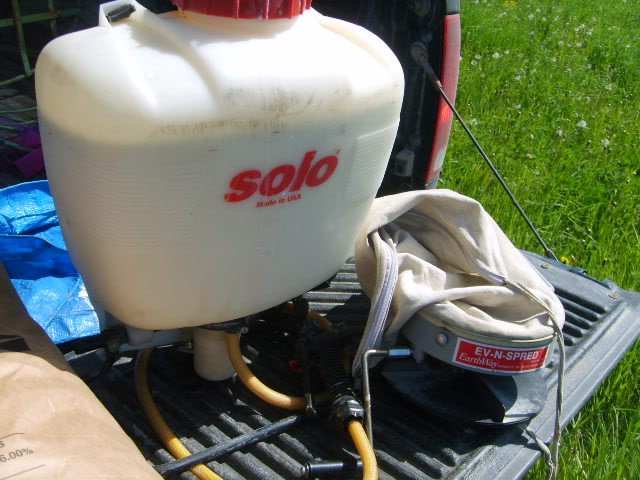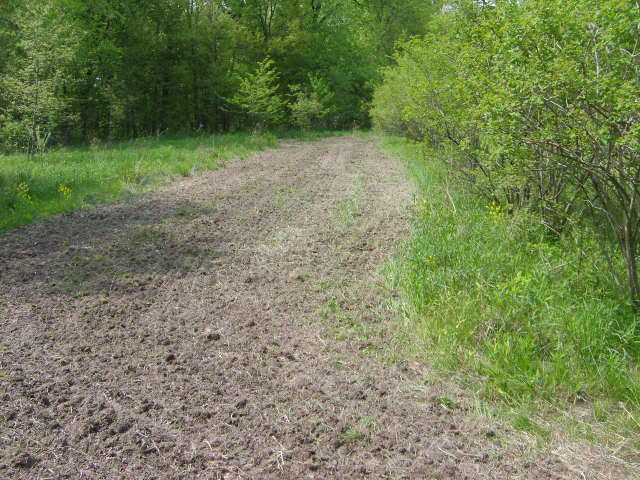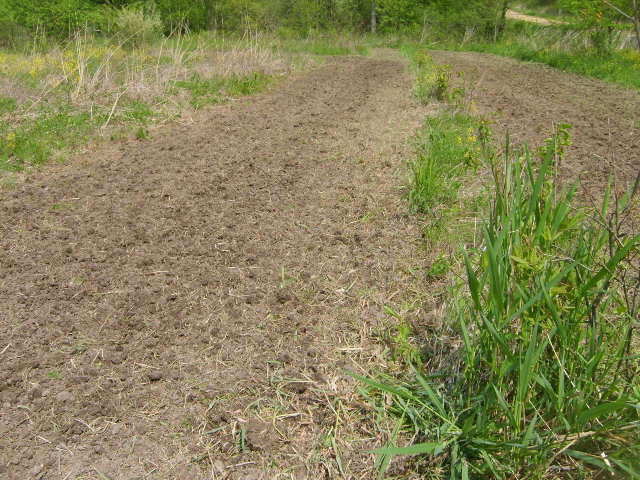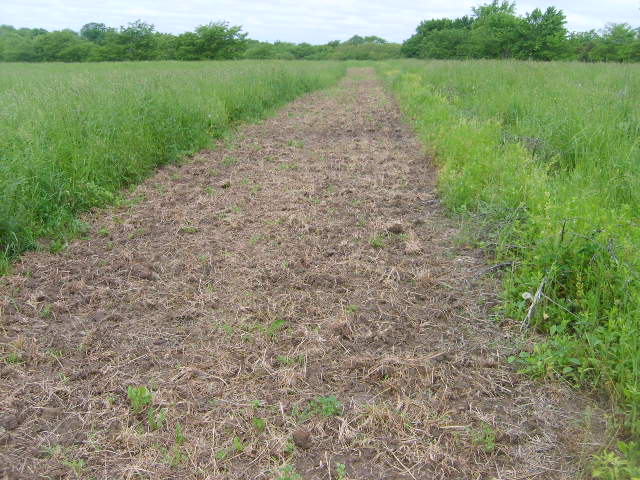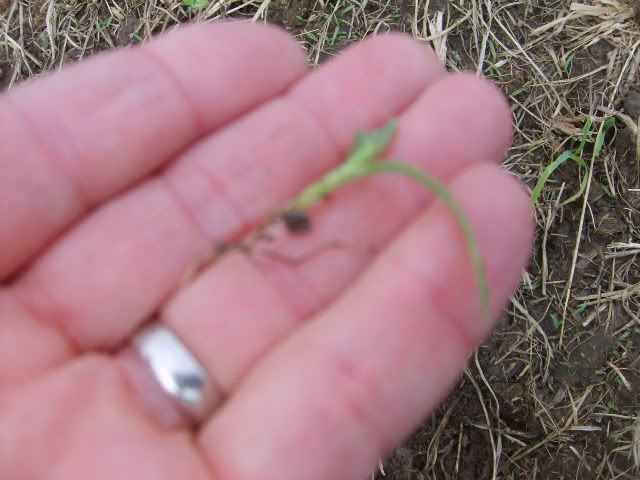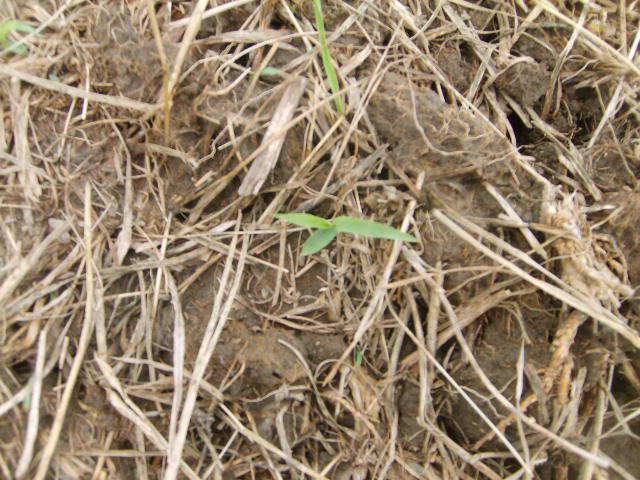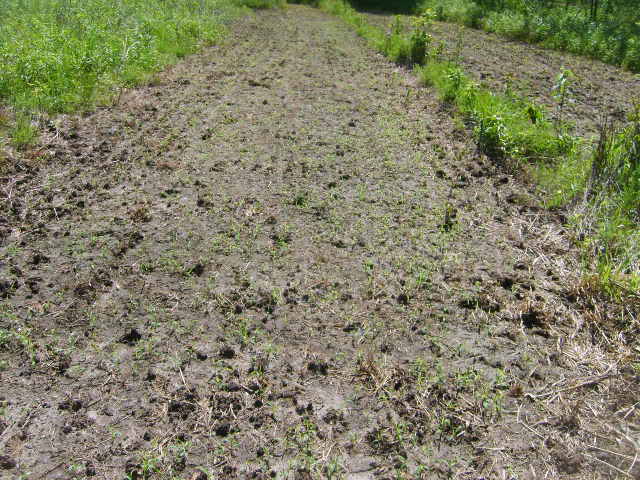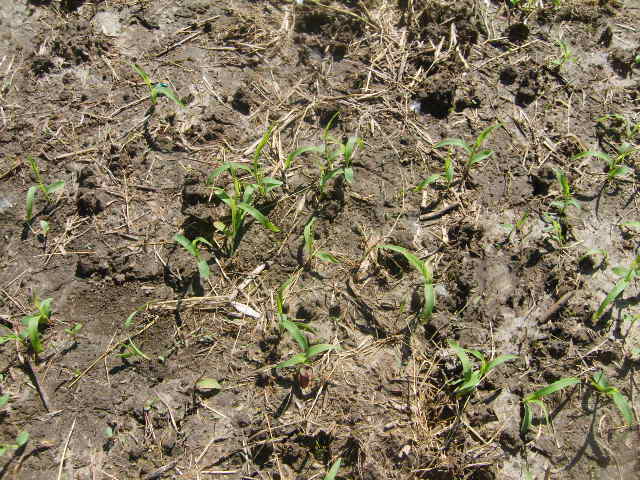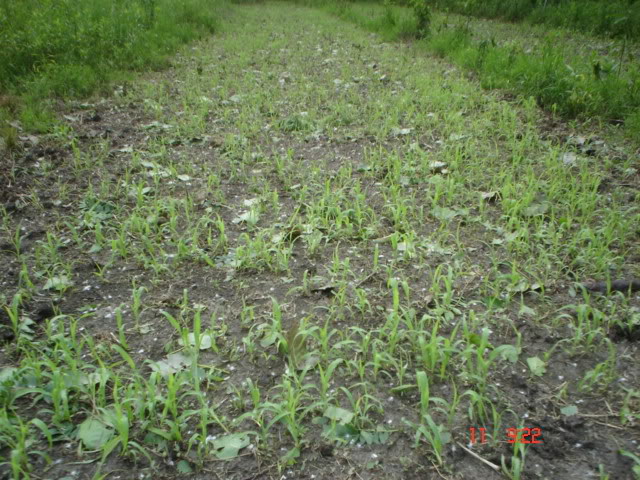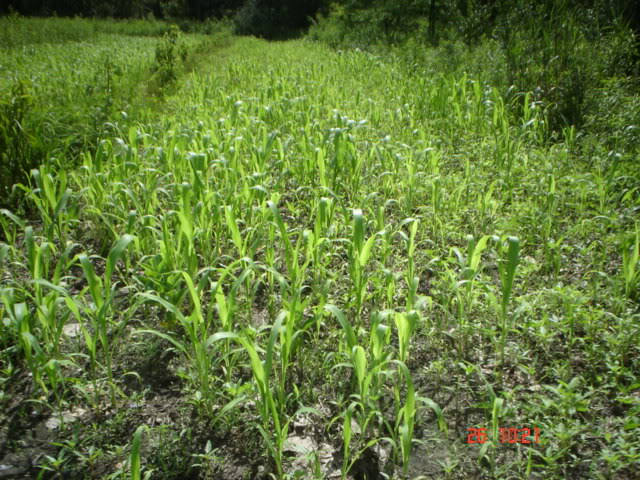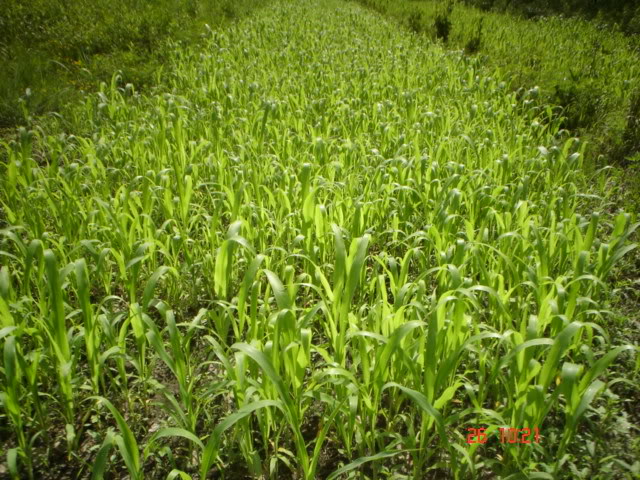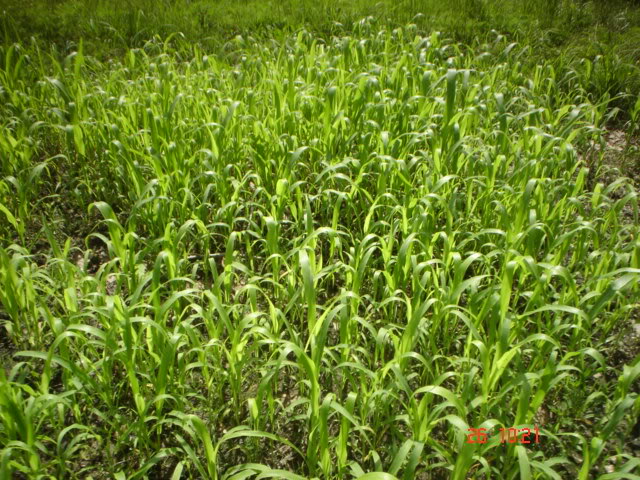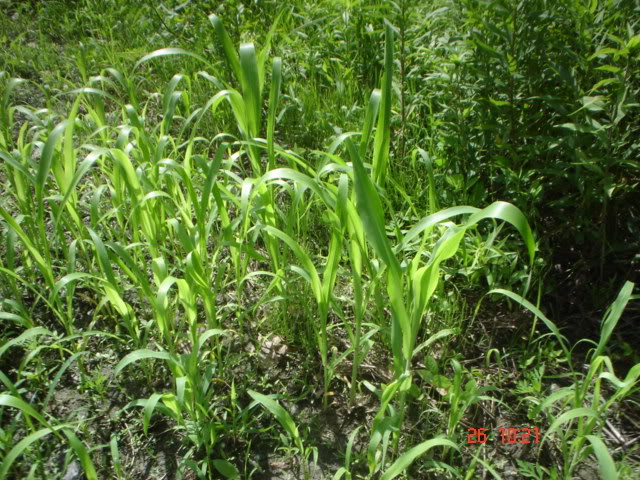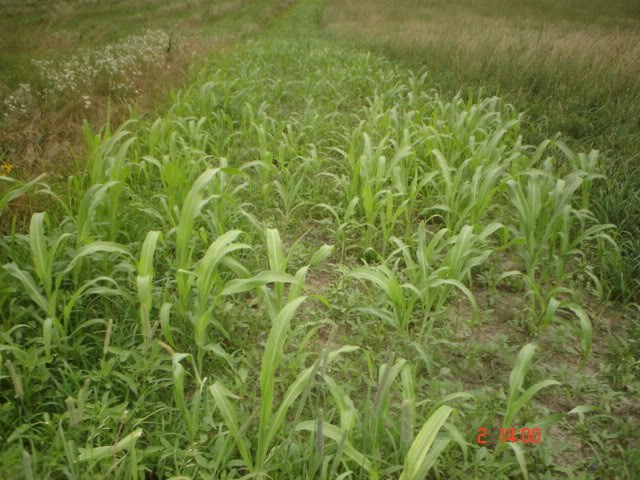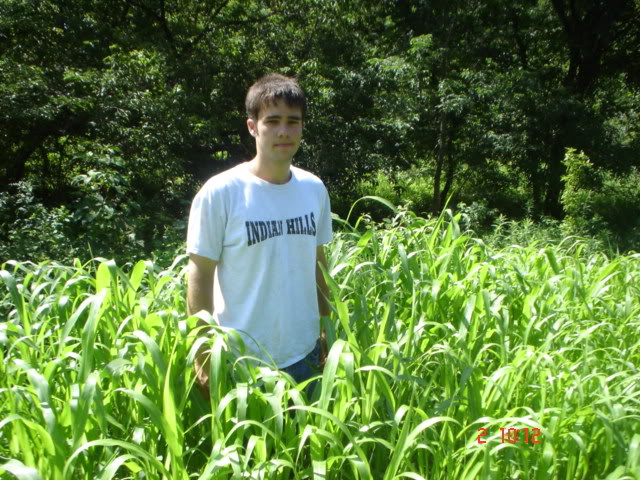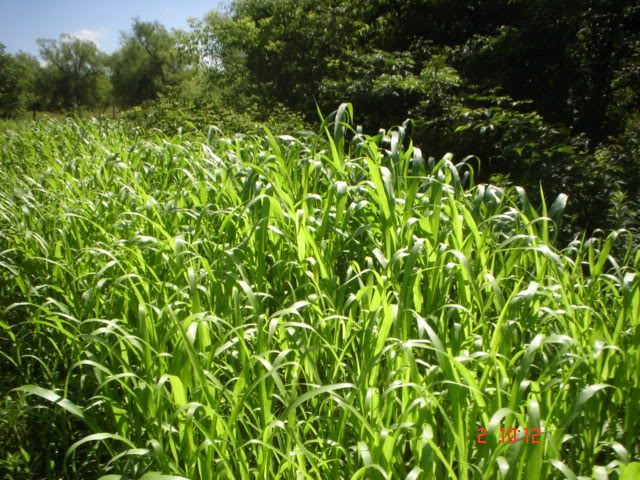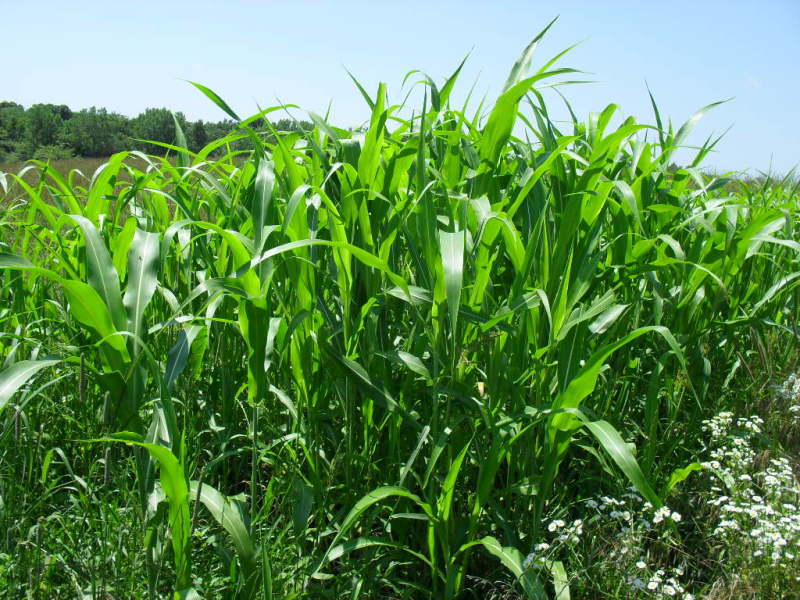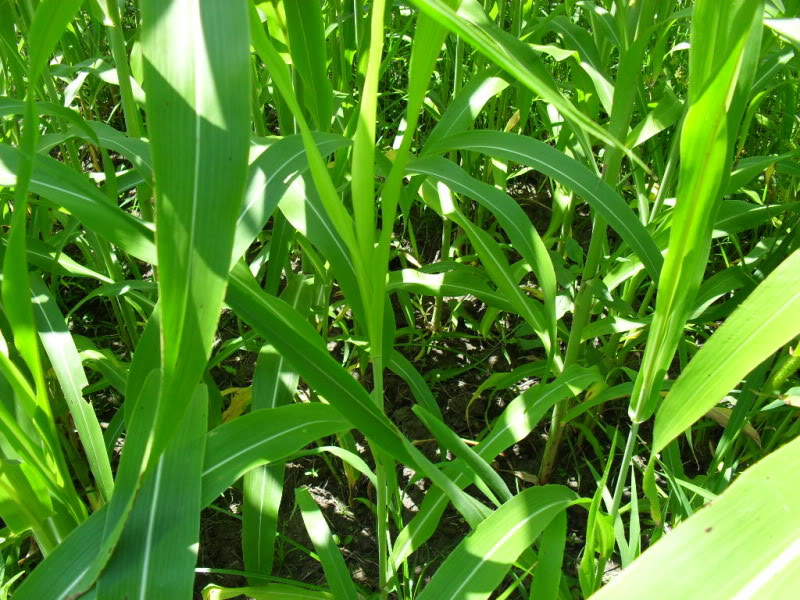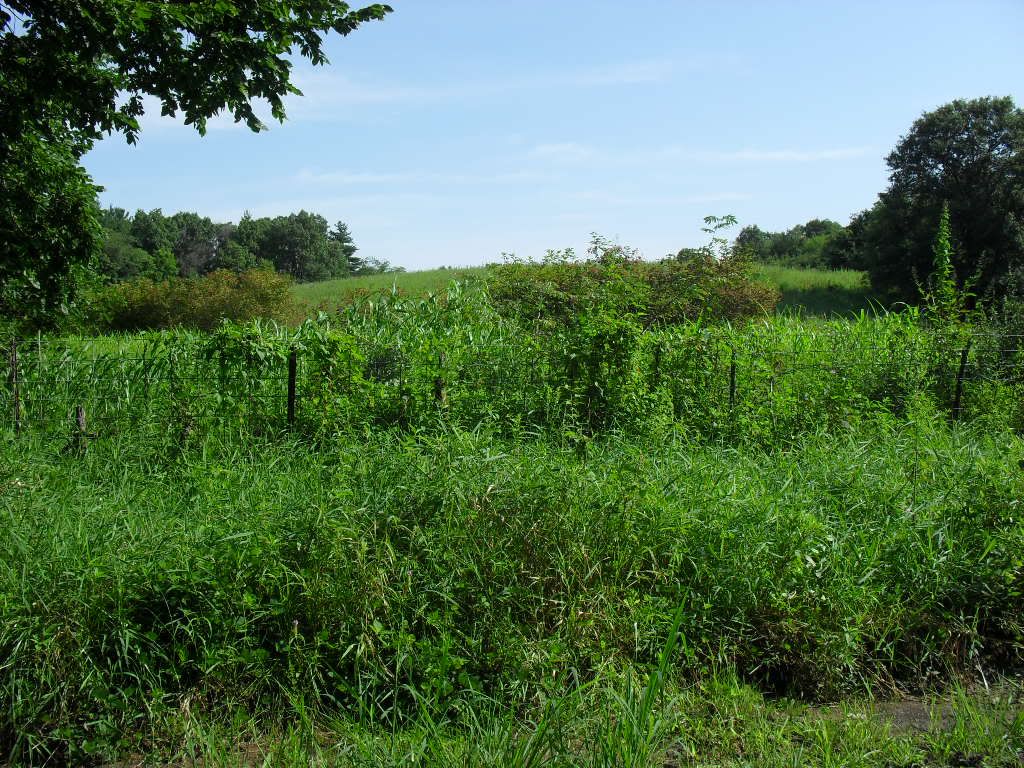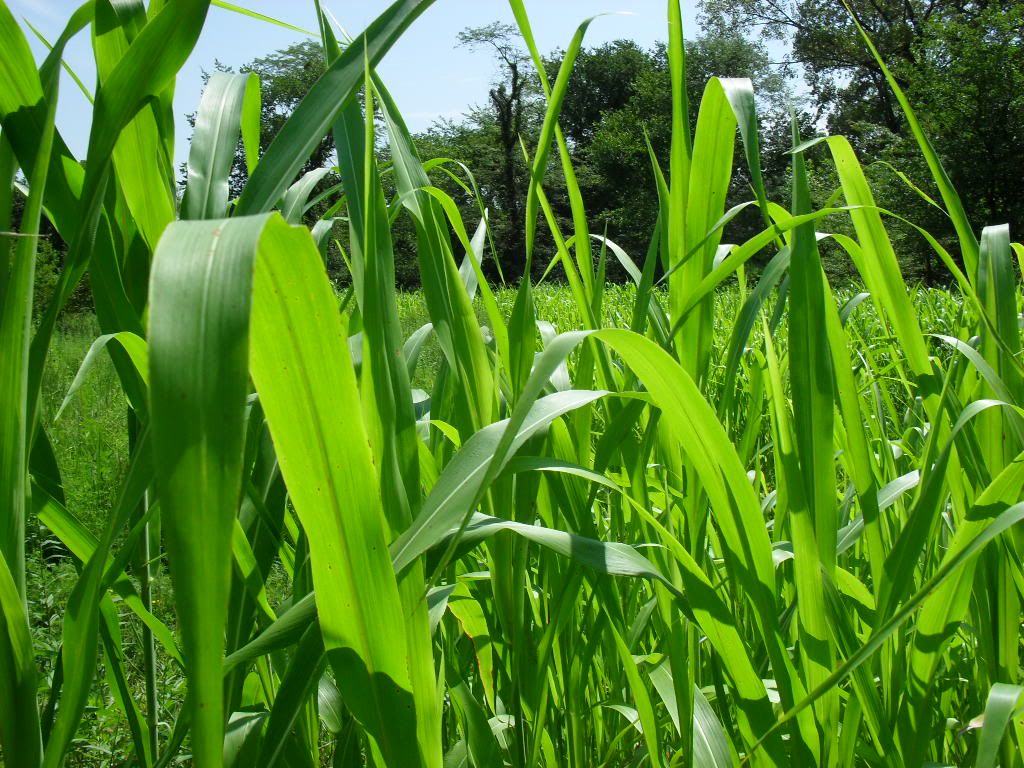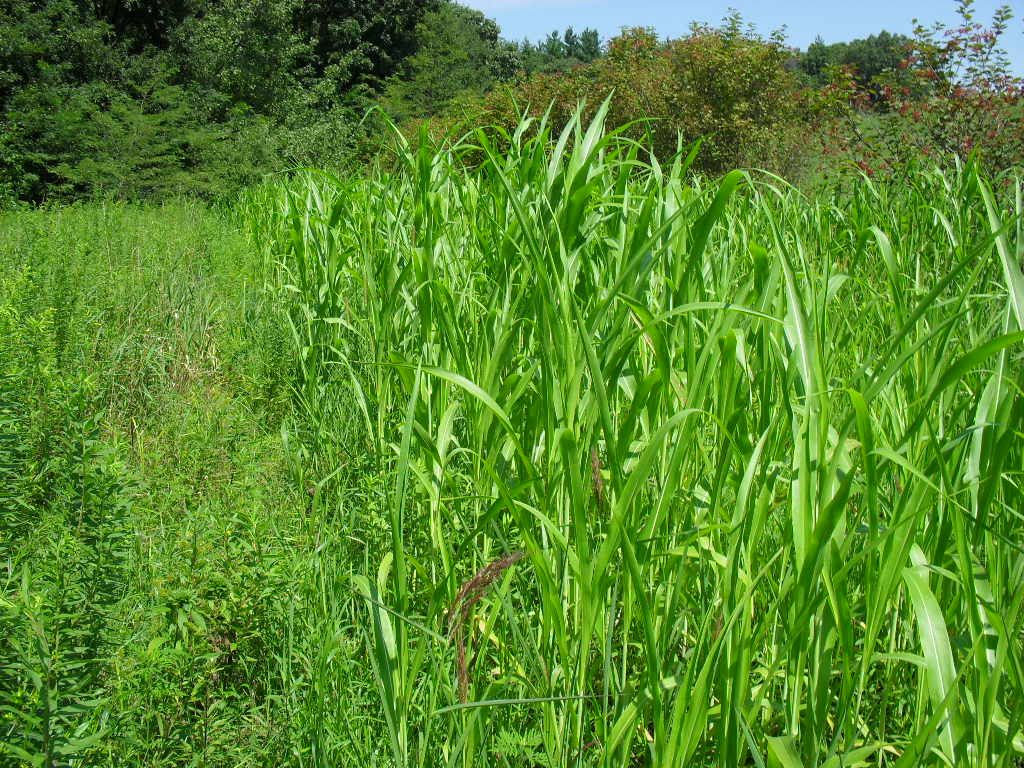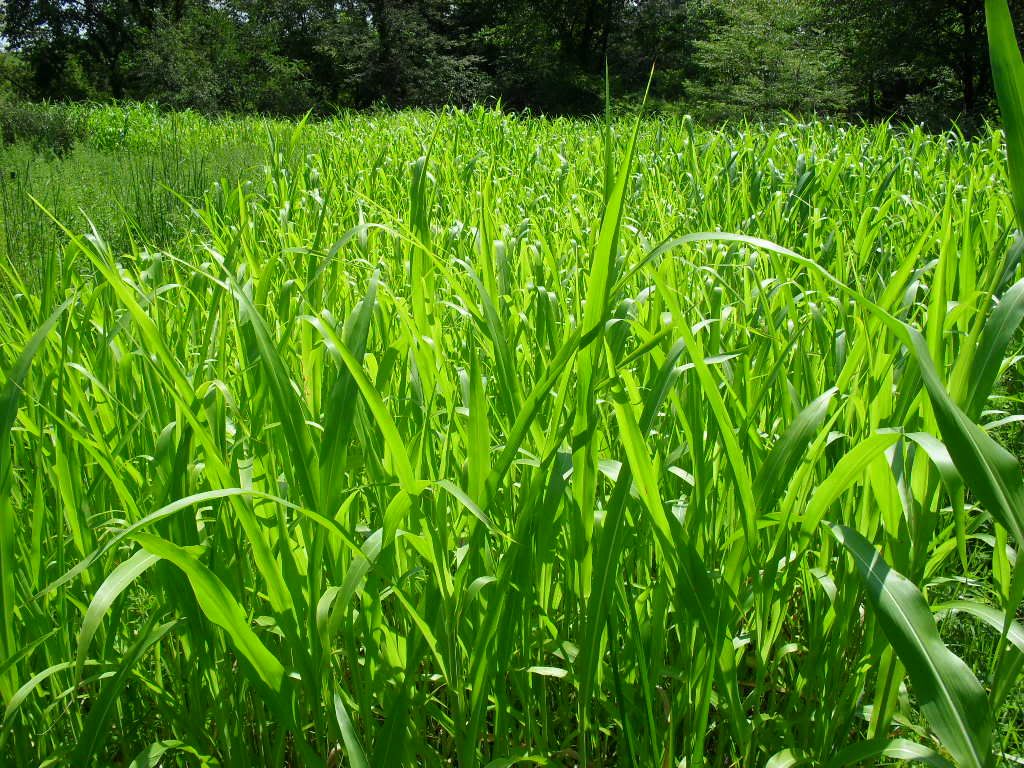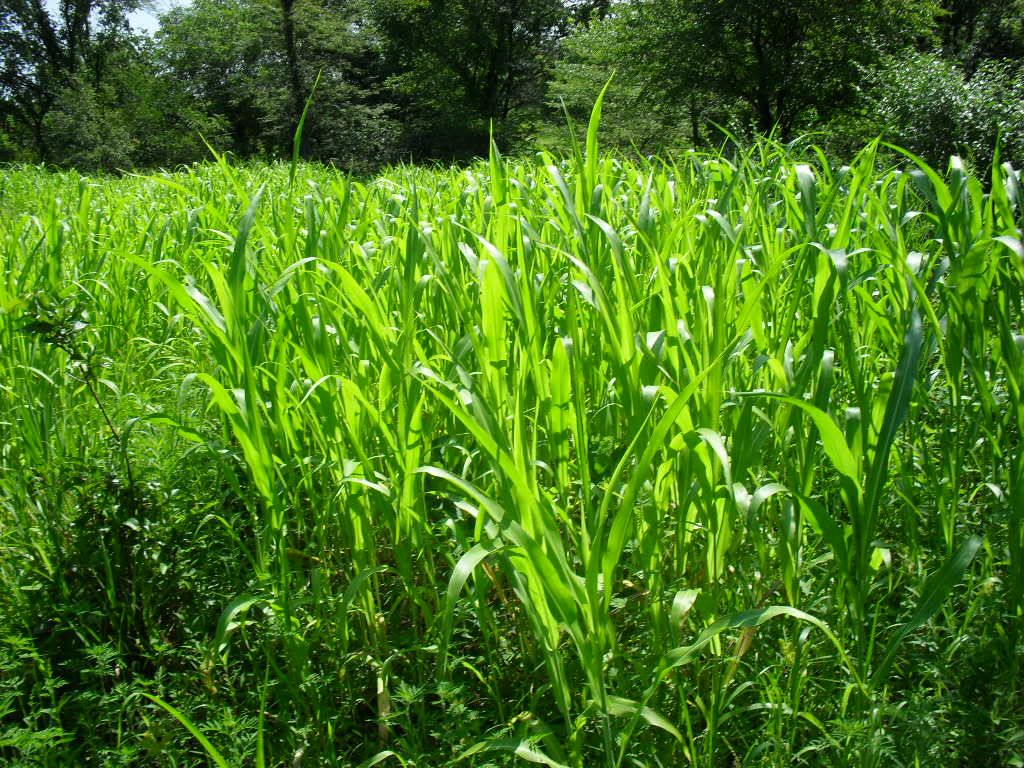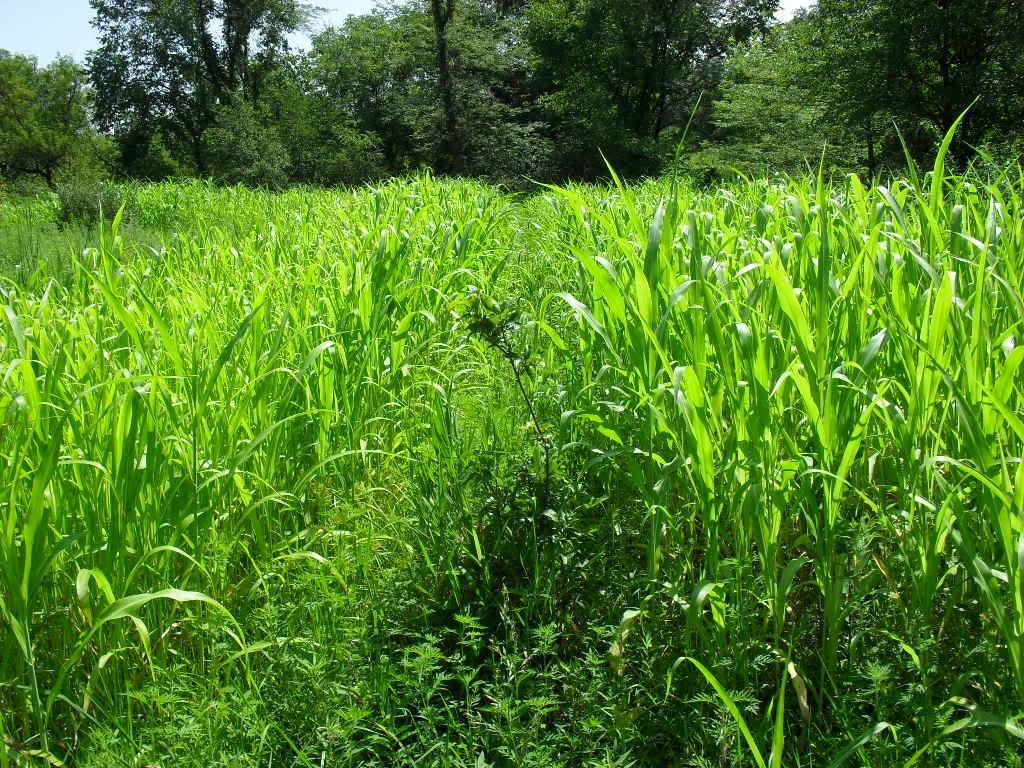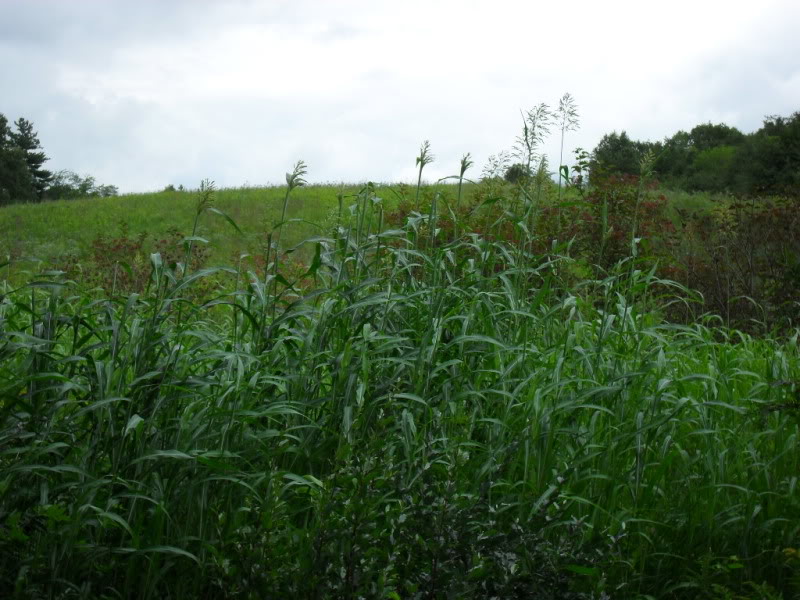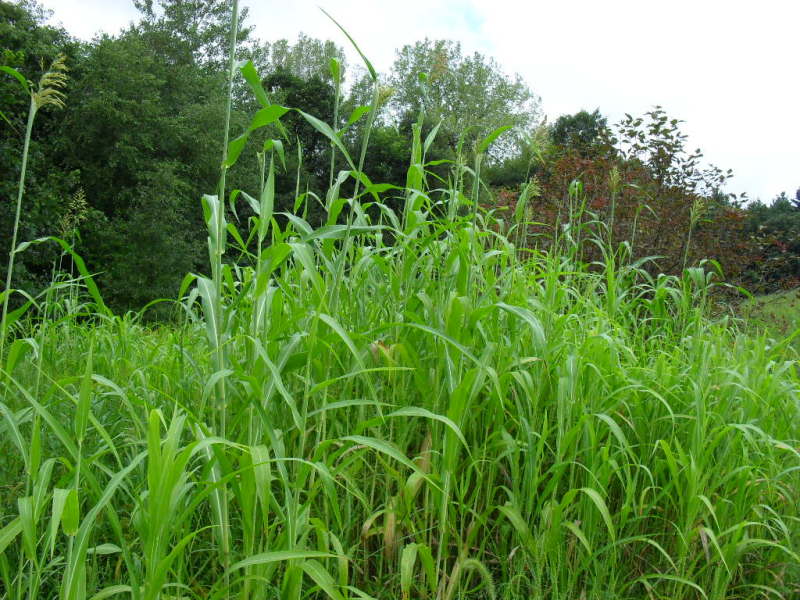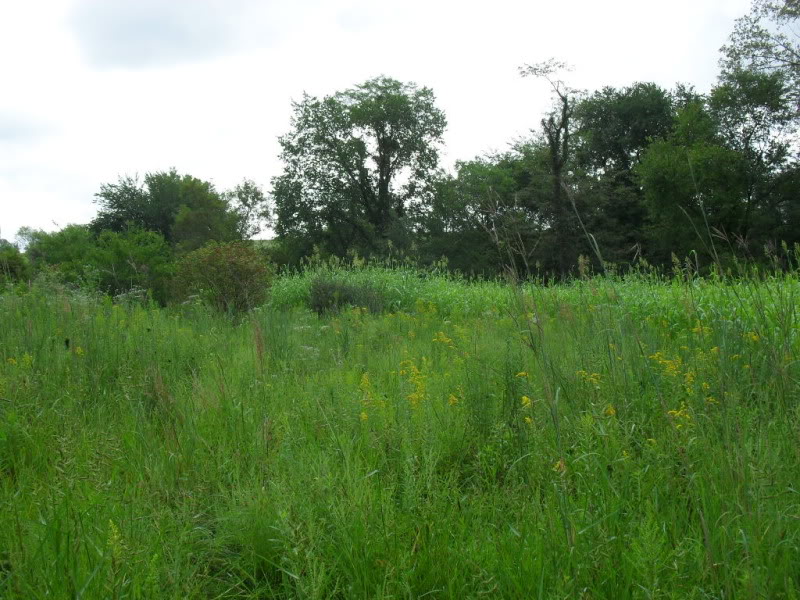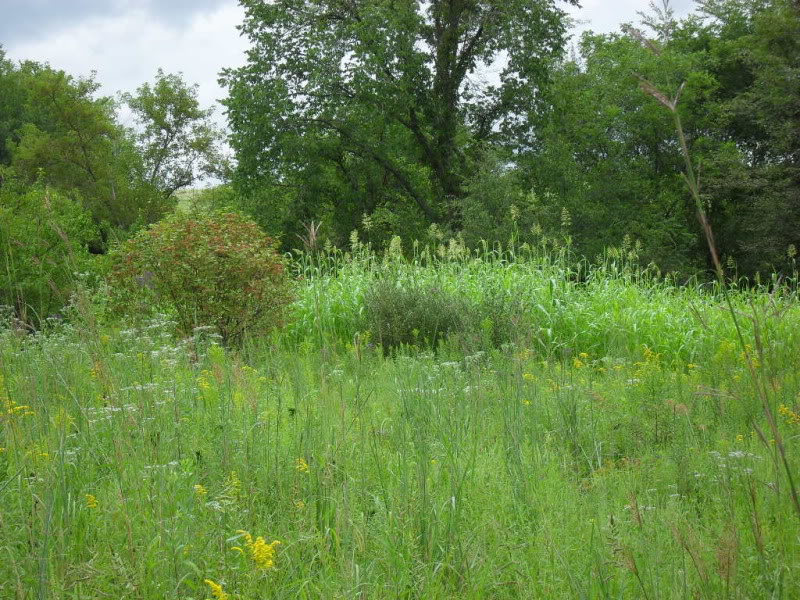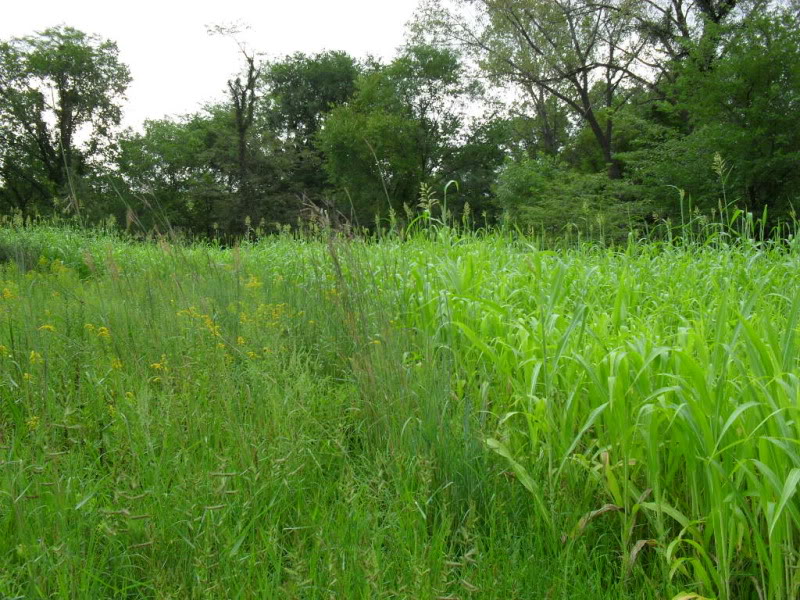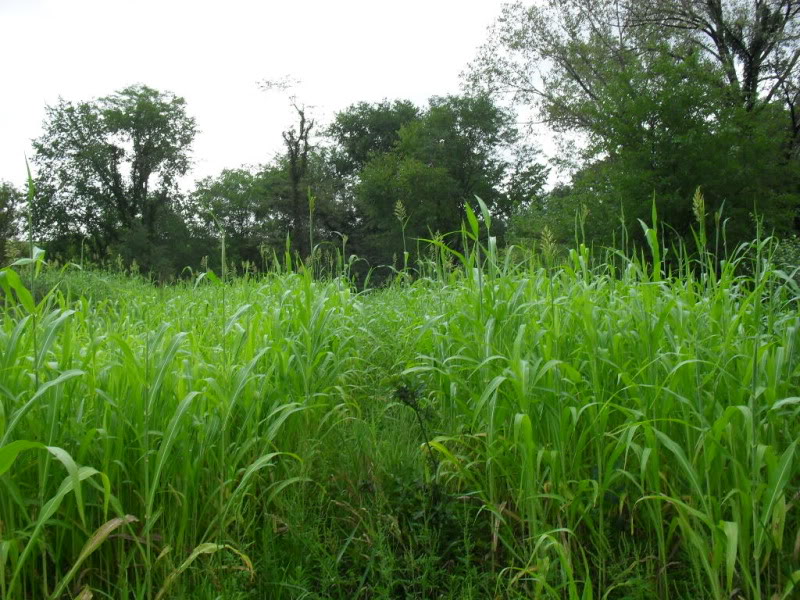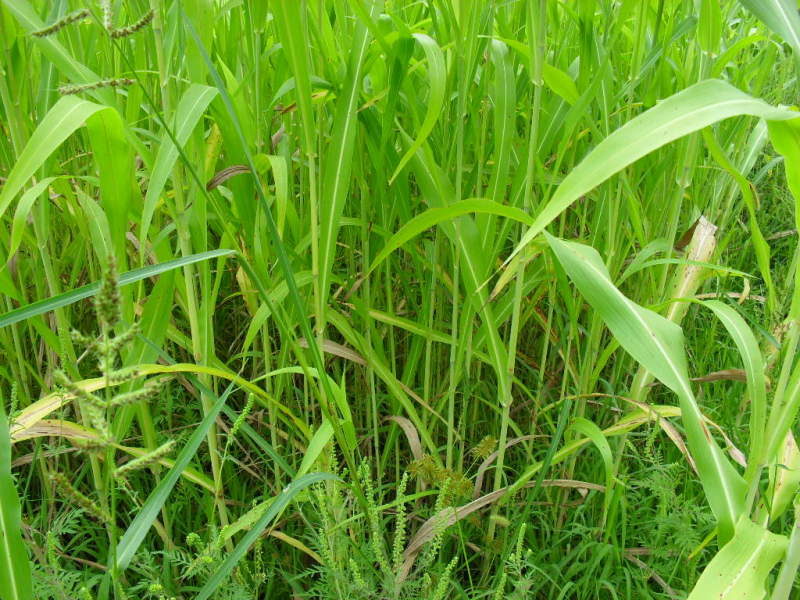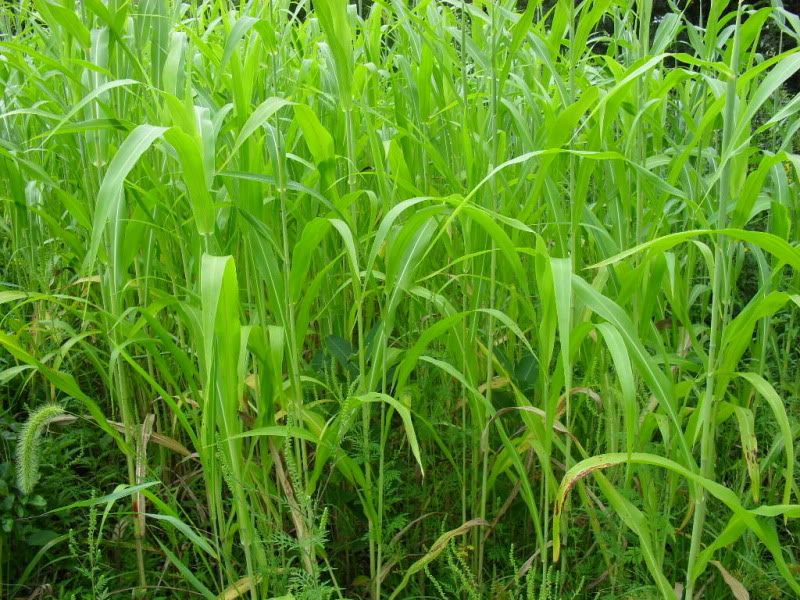Description
Egyptian wheat produces long, slender stalks that reach 7 to 10 feet in height. The loose seed heads are borne on light, drooping stems clustered at the top of the plants. The rounded, slightly flattened seeds are smaller than most other grain sorghum seeds and are enclosed by light husks. Egyptian wheat matures at 120 to 140 days.
Value To Quail
Several characteristics of Egyptian wheat make it ideally suited as a food and cover plant for quail. Unlike other grain sorghums, Egyptian wheat is not prone to damage by flocks of blackbirds. Its spindly seed heads prevent blackbirds and other relatively large birds from perching on the upper stems to eat the seeds.
Egyptian wheat mature s late, and its seeds last into late winter, when native foods of quail are scarce. Quail will begin using Egyptian wheat seeds as soon as they mature, but quail probably benefit most from these seeds during late fall and winter.
The tall growth structure of the plants provides protective cover where quail can feed while remaining safe from detection or successful attack by predators. Its growth form also provides good cover for young quail.
Deer damage to t he plant is usually not a problem. Although deer will eat Egyptian wheat seed heads, use by deer is not excessive, except in years of poor acorn production
Establishment
Plot Selection. Egyptian wheat grows best on fertile, well-drained sites receiving full or lightly filtered sunlight. It is suited to all regions of Alabama, but it grows poorly in deep, excessively drained, sandy soils.
Plots should be located in or near good quail cover. Good locations include fields, field edges, utility right-of-ways, and forest openings.
Plot Size. Well-managed plots of 1/10 to 1/4 acre are large enough to supplement native foods of quail. Long, relatively narrow plots are preferable to other shapes. Plots should be at least 15 feet, but not more than 25 feet, in width for efficient bird dog work and hunting.
Soil Preparation. Thoroughly disk the plots well before planting. Harrow plots no later than late April to avoid destroying quail nests.
Planting Dates. Plant Egyptian wheat after all danger of frost has past, but before June 1. The best dates for planting Egyptian wheat in Alabama are from April 15 to May 15.
Planting Methods. Egyptian wheat seed should be planted in rows spaced 3 feet apart. Broadcast planting is usually unsatisfactory. Plant 4 to 6 pounds of seed per acre. The best production generally occurs at lower rates (4 pounds per acre). The ideal spacing for the plants leaves about 3 to 4 inches between adjacent plants in the row.
Fertilizing. Fertilize plots according to soil-test recommendations. If the soil is not tested, apply about 400 pounds of 5-10-10 or its equivalent per acre.
Side-dressing is necessary for good seed production. Side-dress with 75 to 100 pounds of ammonium nitrate per acre when plants reach 15 to 25 inches in height. If weed control by cultivation is needed, side-dress during the last cultivation.
Maintenance
Although some seeds from the last growing season may sprout and produce seeds the following year, Egyptian wheat plots should be replanted each year. The same plots may be planted in successive years, but repeated plantings usually require cultivation for weed control















